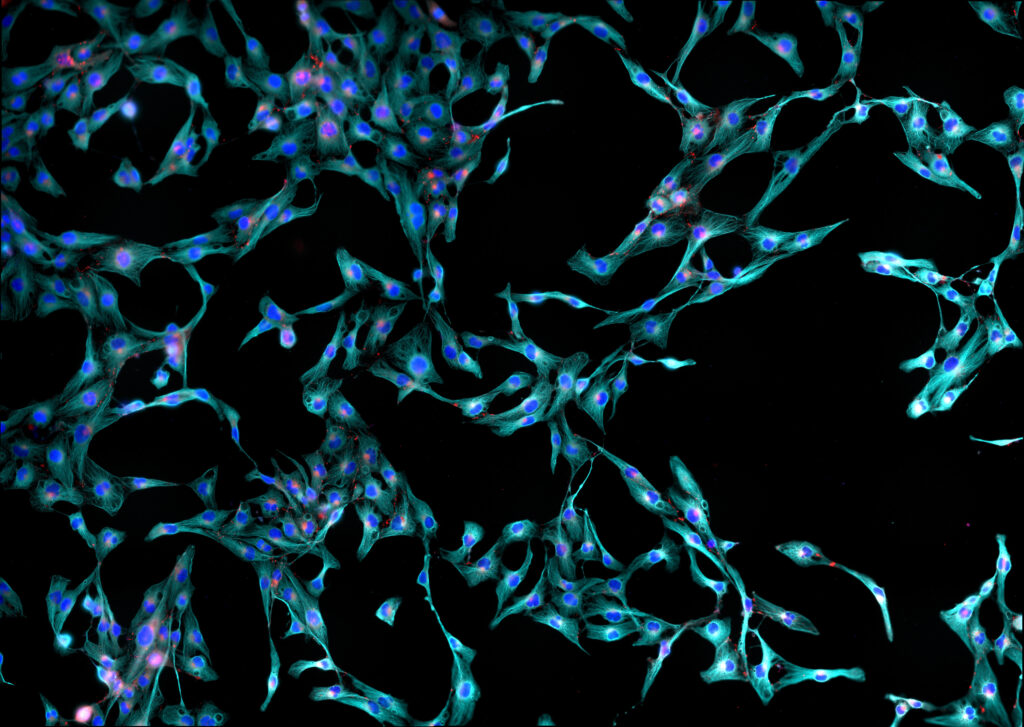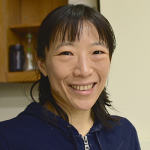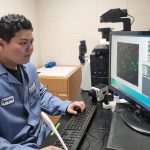Experts to Study Human Tissue Models’ Responses to Space Radiation, and Develop Countermeasures

Story by Gina Wadas
Long-duration space travel is an interest to space agencies worldwide. Achieving this feat will require the collaboration of STEM experts and other specialists. One challenge facing these experts is how to maintain the health and well-being of astronauts as they are exposed to space radiation.
With an award from the Translational Research Institute for Space Health (TRISH) at Baylor College of Medicine, a partner to the NASA Human Research Program, Sharon Gerecht will lead a team that will study the effects of space radiation on vascular, cardiac and neurovascular tissues. They will use applicable tissue and organ models, and develop potential countermeasures to offset the negative effects of space radiation on these tissues.
Gerecht is the director of the Institute for NanoBioTechnology, the Edward J. Schaefer Professor in Engineering, and professor in the Department of Chemical and Biomolecular Engineering. She is an expert in stem cell biology and tissue engineering with research focus on understanding how biophysical factors alter tissue function. The team includes experts in stem cells, cardiology, neurology, radiation and radiation physics, genetic and protein engineering, and computational biology, from Johns Hopkins University and Johns Hopkins School of Medicine, Louisiana State University, and Stanford.
Galactic cosmic rays (GCR) are highly energetic particles of every element that have been stripped of their electrons, making them very interactive with other elements. They move near the speed of light and can cause severe damage to electronics and human tissues. Earth’s magnetic field helps protect Earth by deflecting these particles, but in space, astronauts have no protection.
The team will create their sophisticated three-dimensional models of human vascular, neurovascular, and cardiac tissues using human induced pluripotent stem cells (hiPCs). Then the models will be exposed to low-doses of GCRs. How the cells respond to the radiation, such the effects on cell growth, division, death, DNA damage, and other cellular and tissue functions, will be measured and analyzed. With these measurements, the team will then identify, develop, and test therapeutic countermeasures to mitigate the radiation damage. Specifically, they will look into opportunities to use optogenetics and protein engineering approaches.
“This award is an example of the growing importance and need for using and sensing real 3D biophysical systems in order to study ex-vivo human tissue interactions in extreme environments,” said Larry Nagahara, associate dean for research in the Whiting School of Engineering at Johns Hopkins University.
In addition to focusing on healthy human tissue models, the benefit to the models is that it is possible to test radiation exposure and countermeasures using an astronaut’s own stem cells before they even go on a mission. Thus, creating customized countermeasures for each crew member.
Several Johns Hopkins faculty comprise the team. From the Biomedical Engineering Department, this includes Kenneth Boheler, Les Tung, Jamie Spangler (also in the Chemical and Biomolecular Engineering Department), Mark Shelhamer (also in the Otolaryngology Department), and Deok-Ho Kim (also in the Department of Medicine). Members from the Neurology Department include Gabsang Lee and Jinchong XU. Robert Hienz is in the Psychiatry and Behavioral Sciences.
Team members from other universities include Jeff Chancellor in the Physics Department at Louisiana State University and Parag Mallick in the Radiology Department at Stanford.
View the full announcement and other sponsored teams by TRISH. This work is supported by the Translational Research Institute through NASA NNX16AO69A.





